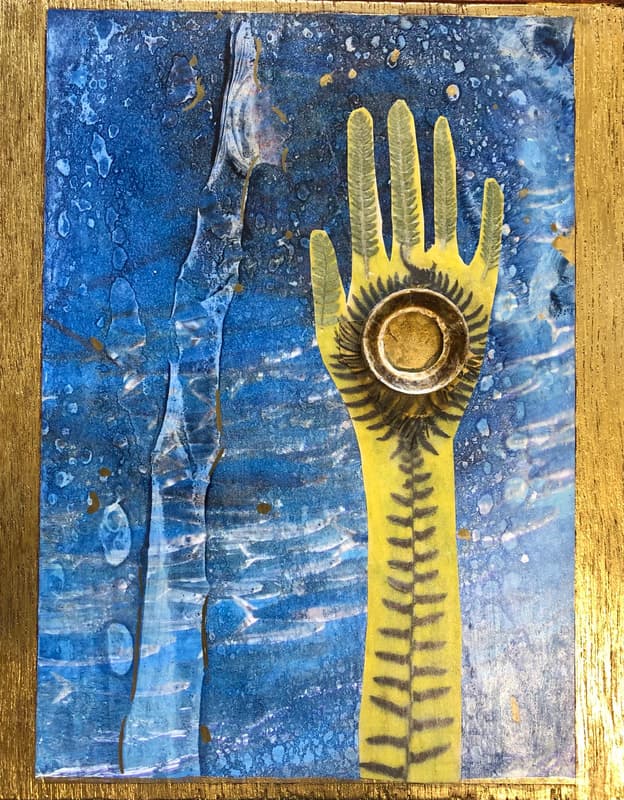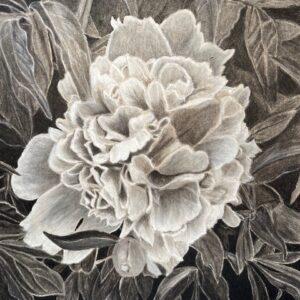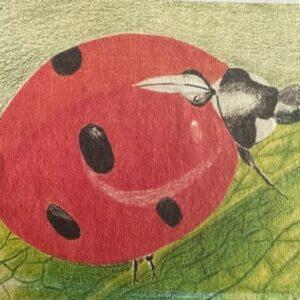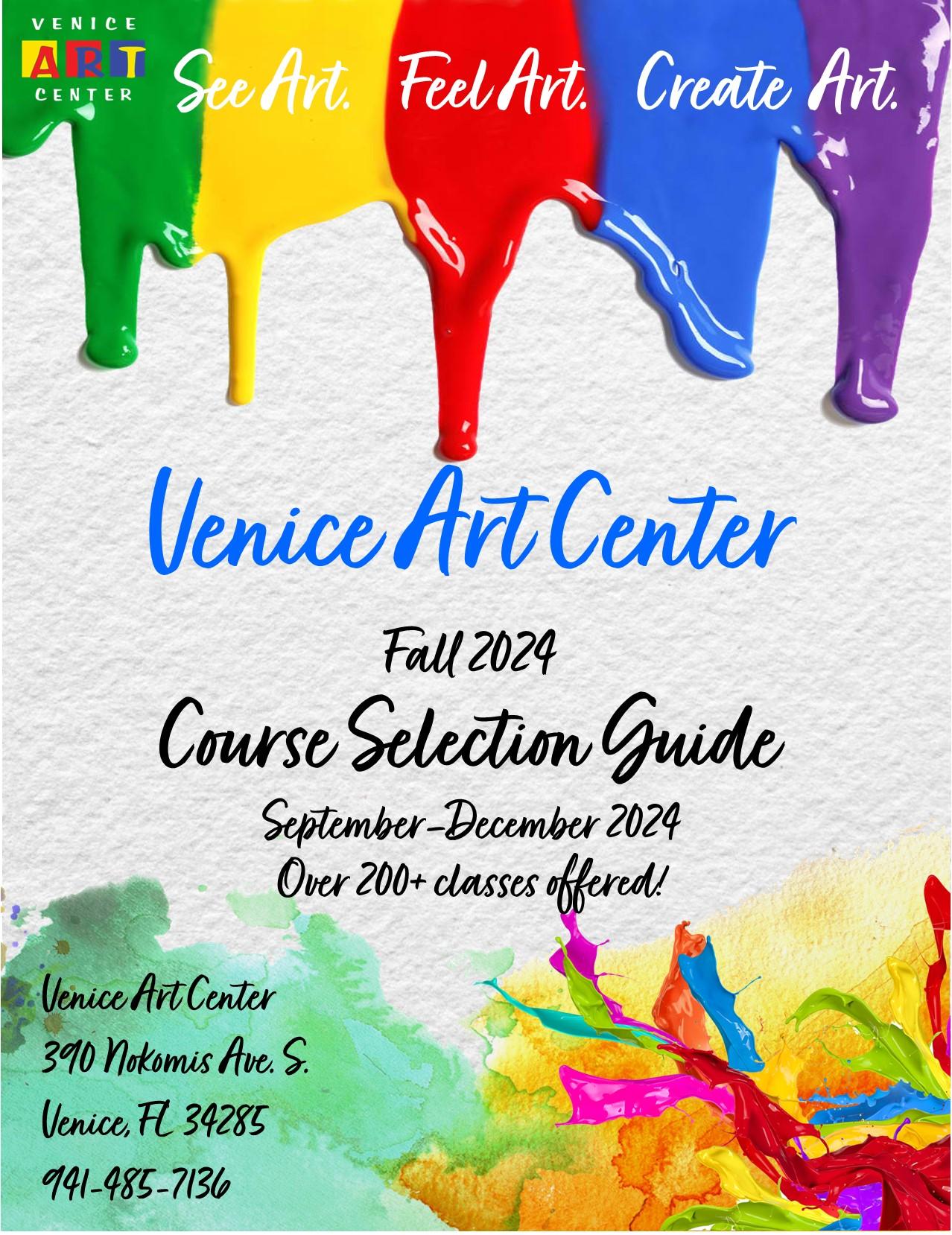Description
Create exciting collage papers and surfaces to use in original collage and mixed media compositions. Techniques include distressing printed images, making
faux rice paper and faux leather, stamping, glue resist, fumage, and burned effects. Experiment with paper weaving and stitching into fabric, paper and photographs. Have fun and stimulate your imagination!
What Every Participant Should Bring
Note: much of this will consist of things you already have on hand, and if you do buy any supplies, they should also be usable in other contexts. Don’t stress over any one item, since I will have some extras on hand if need be.
–Journal or notebook and pen/pencils
–Inexpensive paper for possible additional sketching, and using as a base for gluing.
–Materials for collage backgrounds or substrates. Bring what you have on hand and what you can scrounge—you may purchase others later after you get a feel for it. Examples:
o **pieces of matboard, cardboard, canvas board, foam core board, fiberboard. For the first class, you can think of working no larger than an 8” x 10” size. (It’s always helpful to work with sizes that fit into standard size frames. You can think in terms of square formats too.)
o Drawing pad with medium to heavy-weight paper. You may want some backgrounds you can pierce (e.g., to sew into) so this kind of flexible surface is a good idea. (It is NOT necessary to purchase a whole pad—instructor or a classmate can give you a sheet to experiment with).
o Small prepared (stretched) canvases work well too. They can be stitched into and don’t need framing.
–**8 oz. (or more) matte gel medium. This can be any brand. (If you have gloss or luster finish already it’s OK, though I prefer matte for most purposes.) Note: Modgepodge is closely related to gel medium. Some consider it poorer quality than brands such as Golden or Liquitex, but I find it still works and if you have it on hand, it will certainly suffice. Do not use slow drying gel medium. The instructor will also have some on hand.
–Smooth brushes for applying gel medium, paint, gesso, etc. You can use both inexpensive sponge brushes and brushes with points/tips. The gel medium washes out well if you get to it quickly so you can use brushes you have on hand.
–Glue sticks. I suggest bringing up to 3 of them since they can dry out or break. There are different varieties, including wrinkle-free. Even the simplest works fine. If you like to work with tape adhesive or mounting tape, bring that.
–Scissors (for paper cutting). Bring more than one if you have them—one for fine, small-scale work, one for bigger or rougher. If you have pinking shears or scissors that cut scalloped or shaped edges, bring them too.
–Masking or painter’s tape –the removable kind is best for this purpose. The instructor will also have some on hand.
–Exacto knife if you are used to using this tool (this is not required) and a cutting mat if you already have one.
–Old credit cards to smooth out glued-on images. (These work in lieu of a brayer or roller.)
–Plastic containers for water-mixing (for brushes, gel medium, etc.) They can be small, like small yogurt cups. (These are also available at the art center).
–Freezer or deli paper, or wax paper to glue on w/o sticking. You can also use a large piece of plastic or the inner liner of a cereal box if you wish.
–Strong large-eyed needle and sturdy heavy thread in case you wish to stitch into paper. Waxed linen, embroidery floss, needlepoint yarn could all be good to work with, and the needle eye must be big enough to thread these materials into. If you have something sharp to punch holes—an awl, a very large needle, a nutpick—that is helpful.
Bits of yarn, thread, fabric scraps, ribbon, rickrack, beads.
• THE FUN PART : A wide selection of materials you have on hand—look all around your house and bring what you have; don’t spend lots of money. If we all share what we bring, we have a wealth of materials to choose from. Do not worry about bringing this all to the first class—it’s just to give you an idea of what we might draw on.
o Different types of paper, including colorful printed napkins, handmade paper, old greeting cards, cardstock, origami paper, foil candy wrappers, coffee filters, paper towels used to absorb paint, used dryer sheets, wallpaper scraps; printed images from old books and magazines (the instructor will provide many of these too); old maps.
Optional items –bring these ONLY if you have them—no need to buy since you may not need them and we will share
• Small containers or tubes of acrylic paint.
• Some permanent markers (eg black, red)—sharpies or thinner.
• Small travel iron.
• Fusible webbing like Bondaweb or Wonderunder
• Heat gun
• Old photographs you may wish to play with (don’t bring anything you don’t feel okay about destroying)-
• CitraSolv solvent for print surface manipulation, and old National Geographic magazines to work with. If you have these—no need to buy!
• Incense sticks and lighter (this to create burned effects—we will work outside).
• Fine sandpaper
• Acetone nail polish remover.
• Steel wool (plain–not filled with soap)
What the Instructor will provide (some of this would be class-specific, depending on what activities we will be doing on a given day)
–A vast collection of printed images.
–Cutting mats for Exacto knife work, and extra Exacto knives.
–Gesso and related mediums
–Extra matte medium, including some textured types
–Freezer paper
–Painter’s tape
–A selection of miscellaneous fibers and novelty papers.






